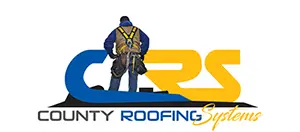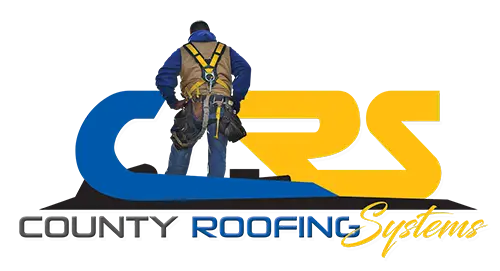Some Common Long Island Roof Problems
Over 35 Years as a Roofer in Long Island
Long Island homeowners face unique challenges when it comes to maintaining their roofs. With the region’s fluctuating weather patterns—ranging from hot, humid summers to cold, snowy winters and frequent coastal storms—roofing systems in this area endure significant stress. This comprehensive guide explores the most common roof problems faced by homeowners on Long Island, their causes, and how to prevent and address them effectively.
Why Long Island Roofs Are Vulnerable to Problems
Long Island’s geographic location exposes it to several environmental factors that can contribute to roofing problems, including:
- Coastal Weather: Proximity to the ocean brings moisture-laden air and the potential for salt spray, both of which can accelerate wear and tear on roofing materials.
- Temperature Extremes: Hot summers and freezing winters cause roofing materials to expand and contract, leading to cracks and other forms of deterioration.
- Storm Activity: Long Island regularly experiences powerful storms, including hurricanes and nor’easters, which can bring high winds, heavy rainfall, and even hail—causing significant damage to roofs.
- Humidity and Moisture: Humidity levels remain high for much of the year, contributing to mold, algae growth, and wood rot in roofing systems.
Common Long Island Roof Problems
Leaks and Roof Damage
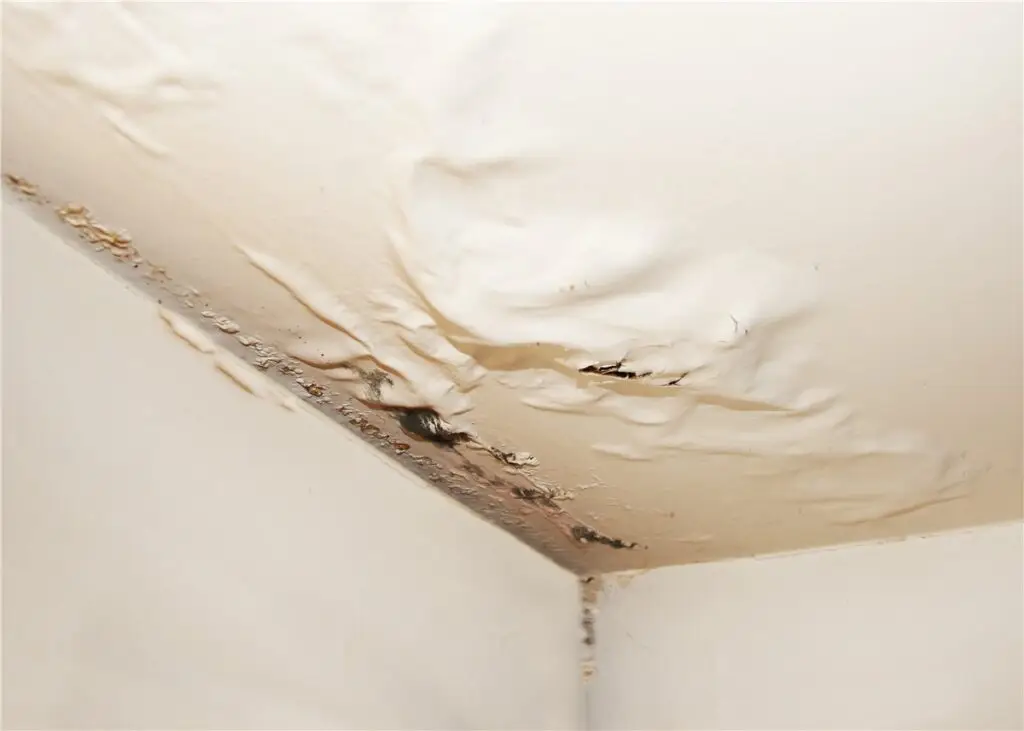
One of the most frequent roof issues faced by Long Island homeowners is roof leaks. Due to the region’s wet climate and storm activity, water infiltration can become a major problem if your roof is not well-maintained or properly sealed.
Causes of Roof Leaks:
- Damaged Shingles: Strong winds and hail can dislodge or damage shingles, leaving gaps where water can penetrate.
- Improper Flashing: Flashing seals the joints where your roof meets vertical structures like chimneys or skylights. When flashing becomes loose or corroded, water can seep in through these weak spots.
- Clogged Gutters: Gutters that aren’t cleaned regularly can become clogged with leaves, debris, and dirt, causing water to back up and pool on your roof. This standing water increases the likelihood of leaks.
Prevention Tips:
- Regularly inspect your roof for damaged or missing shingles, especially after storms.
- Ensure flashing is properly installed and intact.
- Clean your gutters at least twice a year to prevent water buildup.
Algae and Moss Growth
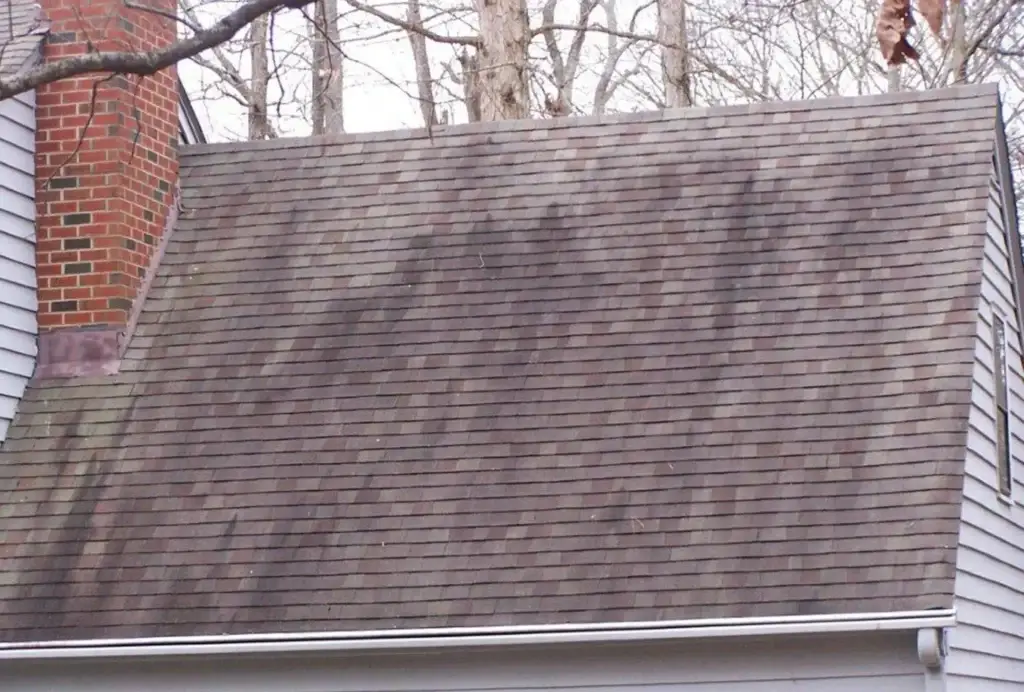
Algae and moss growth are common problems on Long Island due to the region’s high humidity and frequent rainfall. These growths can be unsightly and, if left untreated, can compromise the integrity of your roof over time. Moss and algae can trap moisture against your shingles, leading to rot and the breakdown of roofing materials.
Causes of Algae and Moss Growth:
- Humidity: High humidity levels create an ideal environment for algae and moss to thrive.
- Shade: Roofs with areas of shade (often from trees or neighboring buildings) tend to stay damp longer, encouraging the growth of moss and algae.
- Organic Debris: Leaves, dirt, and other organic material trapped on your roof can serve as a breeding ground for algae and moss.
Prevention Tips:
- Install algae-resistant shingles with copper or zinc granules, which help repel algae growth.
- Keep trees trimmed to reduce shade and improve airflow across your roof.
- Remove debris from your roof regularly and consider installing zinc or copper strips along the ridge to prevent moss and algae from taking hold.
Shingle Damage
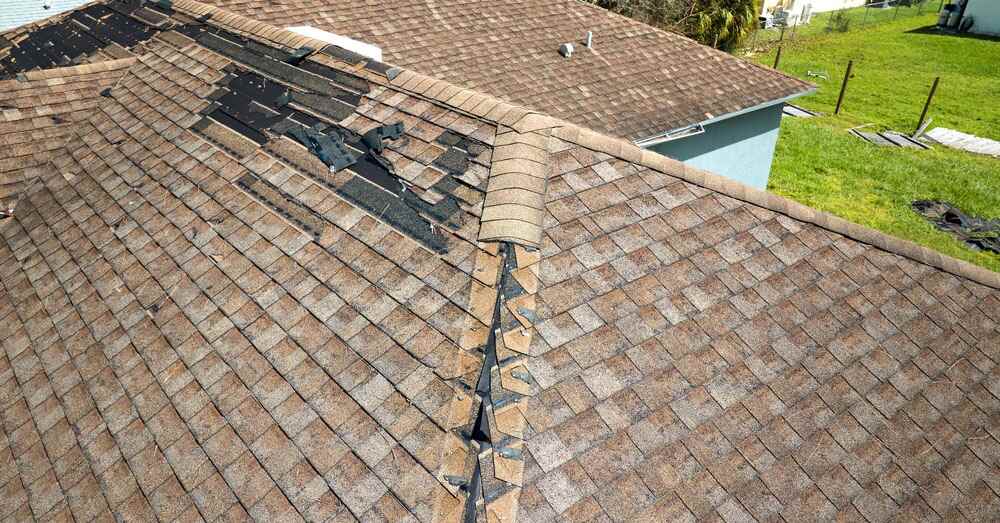
Shingles are the first line of defense against the elements, and they often take the brunt of weather-related damage. On Long Island, high winds, hailstorms, and temperature fluctuations can lead to significant shingle wear and tear. You may be able to spot lifted or damaged shingles, or you may see granules in your gutter from worn out shingles
Causes of Shingle Damage:
- Wind: High winds during storms can rip shingles off or cause them to loosen over time.
- Hail: Hailstones can crack or puncture shingles, leaving them vulnerable to further damage.
- Temperature Swings: The freeze-thaw cycle in winter causes shingles to expand and contract, leading to cracking, warping, and curling.
Prevention Tips:
- Regular roof inspections, especially after storms, can help catch shingle damage early.
- Replace damaged shingles promptly to prevent further roof deterioration.
- Invest in high-quality, impact-resistant shingles.
Ice Dams
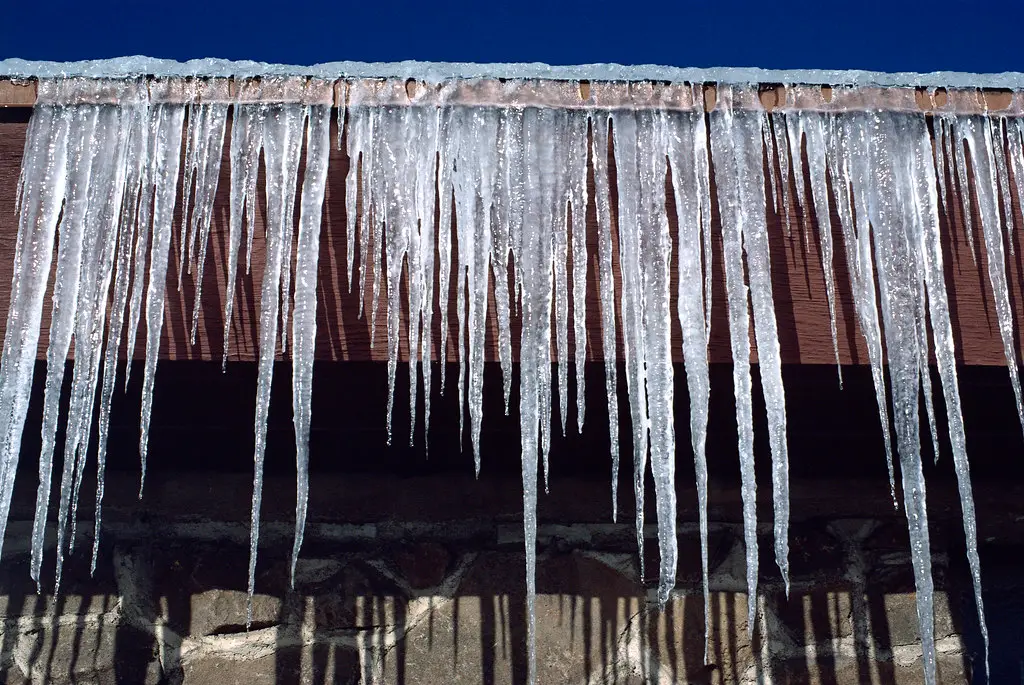
Long Island winters can bring cold temperatures and snow, which often result in ice dams—a common and potentially damaging roofing issue. Ice dams form when snow on the roof melts, runs down the roof, and refreezes at the eaves, preventing proper drainage. Ice dams can force water under the shingles, or cause structural damage to gutters and downspouts.
Causes of Shingle Damage:
- Poor Attic Insulation: Heat escaping from the attic melts snow on the roof’s surface, which then refreezes at the colder eaves.
- Clogged Gutters: Blocked gutters can trap water, leading to ice formation and creating dams that prevent snowmelt from draining off the roof.
Prevention Tips:
- Ensure your attic is well-insulated to prevent heat loss and reduce the chances of snowmelt.
- Install roof heating cables to help melt snow and prevent ice formation.
- Keep gutters and downspouts clear of debris to promote proper water drainage.
Ventilation Problems
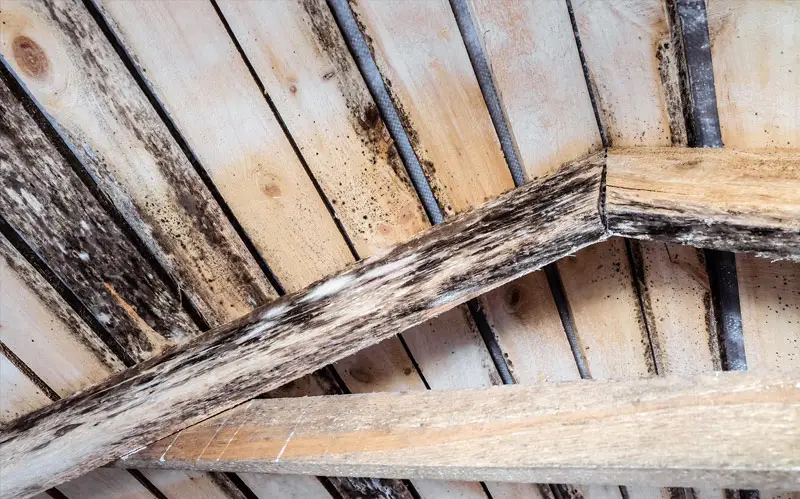
Proper attic ventilation is critical to the health of your roofing system, especially in climates like Long Island’s. Poor ventilation can trap moisture in the attic, leading to mold growth, wood rot, and structural damage. During the summer, an overheated attic can lead to shingle blistering and shorten your roof’s lifespan.
Causes of Ventilation Problems:
- Blocked or Inadequate Vents: Ridge vents, soffit vents, and other ventilation systems can become blocked by debris, restricting airflow.
- Improper Installation: In some cases, ventilation systems are not installed properly, leading to imbalances in the intake and exhaust of air.
Prevention Tips:
- Ensure that your attic has proper ventilation, with both intake and exhaust vents to promote airflow.
- Have a professional inspect your roof’s ventilation system regularly to ensure it is functioning correctly.
Gutter and Downspout Problems
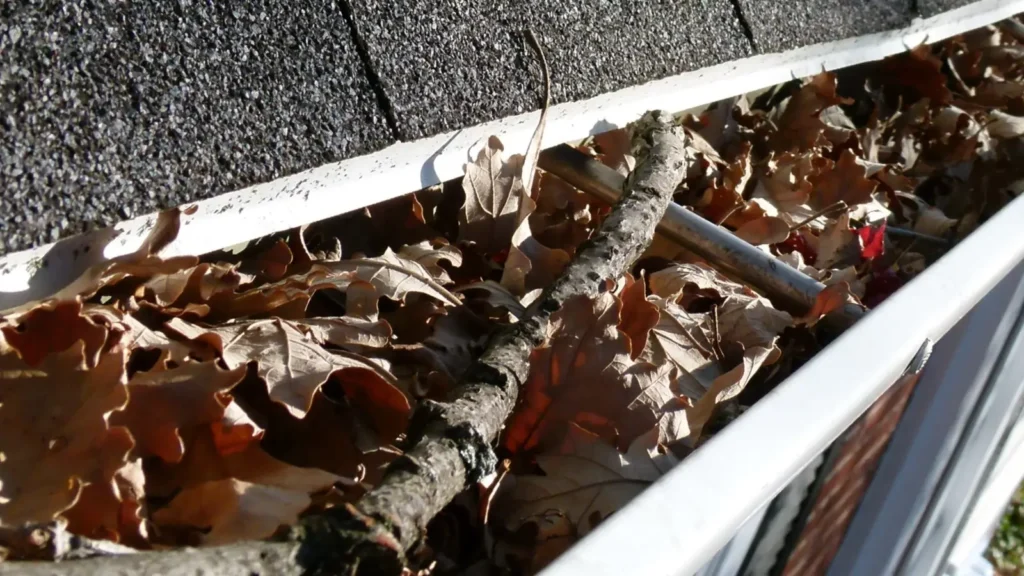
Gutters and downspouts play a crucial role in directing water away from your roof and foundation. When these systems become clogged or damaged, it can lead to a host of roofing problems.
Causes of Gutter and Downspout Problems:
- Clogged Gutters: Leaves, debris, and dirt can accumulate in gutters, causing water to back up and overflow onto the roof.
- Improper Slope: If gutters aren’t sloped correctly, water may not drain properly, leading to standing water that can damage the roof and fascia.
- Damaged Downspouts: Downspouts that are blocked or disconnected can cause water to pool around your foundation, potentially leading to basement flooding and roof damage.
Prevention Tips:
- Clean your gutters and downspouts regularly to ensure they remain free of debris.
- Check that your gutters are properly sloped to allow for effective water drainage.
- Consider installing gutter guards to reduce the amount of debris that enters your gutter system
How to Avoid Common Long Island Roof Problems
While many of the roofing issues faced by Long Island homeowners are caused by environmental factors beyond your control, there are steps you can take to minimize the risk of damage and extend the life of your roof.
Schedule Regular Roof Inspections
One of the best ways to prevent roofing problems is by scheduling regular inspections with a licensed roofing contractor. Professional roofers can identify potential issues, such as damaged shingles, flashing problems, or poor ventilation, before they escalate into larger, more expensive repairs. It’s recommended to have your roof inspected at least once a year, and after major storms, to ensure it’s in good condition.
Keep Gutters and Roof Clear of Debris
Cleaning your gutters and roof regularly is crucial for preventing water buildup and damage. Clogged gutters can cause water to back up onto the roof, leading to leaks, shingle deterioration, and ice dams in the winter. Clear away leaves, twigs, and other debris from both your roof and gutters to maintain proper drainage. Installing gutter guards can also help keep debris out and reduce the frequency of gutter cleaning.
Trim Overhanging Trees
Overhanging branches can shade parts of your roof, encouraging moss and algae growth. They also pose a risk of physical damage to your roof during storms or high winds. Thus, regularly trimming trees near your home helps protect your roof from falling branches, reduces moisture retention, and allows more sunlight to reach your roof, which discourages the growth of moss and algae.
Ensure Proper Ventilation
Adequate attic ventilation is key to preventing problems ranging from winter ice dams to shingle damage in summer. Ensure that your attic has enough intake and exhaust vents to promote air circulation. Proper ventilation helps maintain a balanced temperature in your attic, preventing both heat buildup and moisture retention that can lead to roof damage.
Address Minor Repairs Promptly
If you notice any signs of roof damage, such as missing shingles, cracked flashing, or leaks, address them as soon as possible. By delaying repairs, you risk more significant issues down the road, including water damage, mold growth, and structural damage. Fixing small problems early can extend the lifespan of your roof and avoid costly repairs or replacements.
Invest in High-Quality Roofing Materials
When it’s time to replace your roof, invest in high-quality, durable materials designed to withstand Long Island’s climate. For example, consider asphalt shingles with Class A fire ratings, algae resistance, and wind resistance. They can help you protect your home from the region’s weather conditions. Working with a reputable roofing contractor like County Roofing Systems ensures you choose the right materials and that they are installed correctly.
People Also Ask...
In over 3 decades of contracting work on Long Island, we’ve worked with many local home equity lenders. Give us a call and let us help you find financing.
